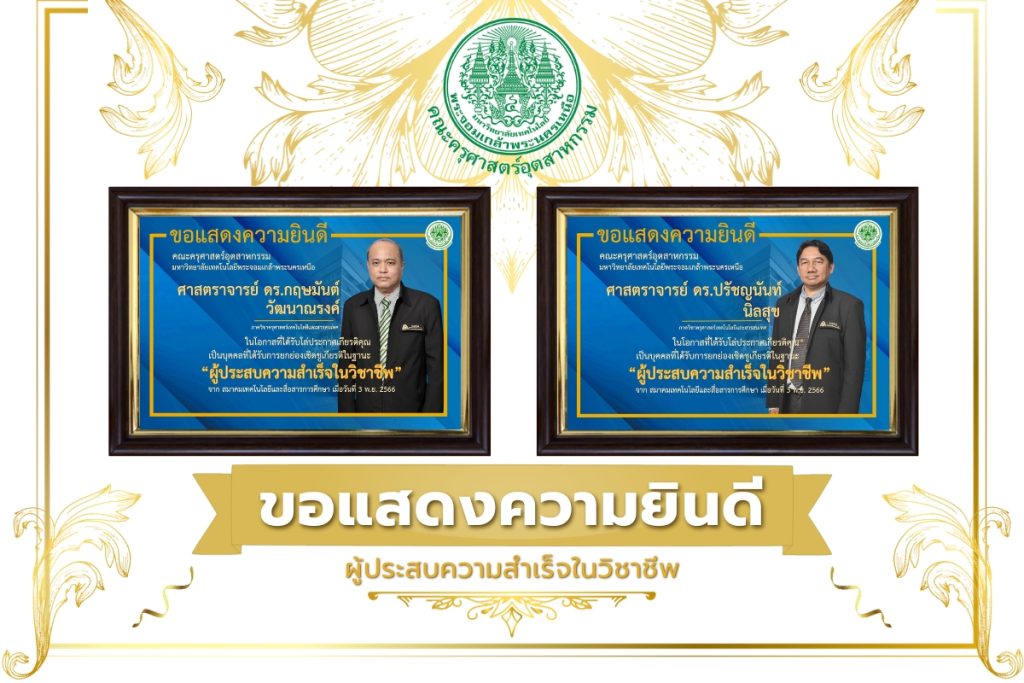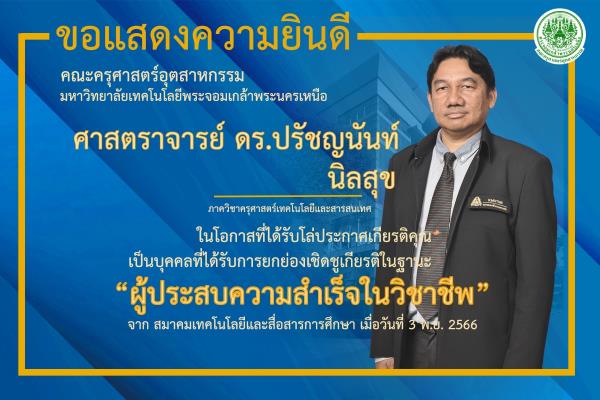Abstract
Constructionism imagineering learning model via metaverse is an instrument for promoting self-learning through hands-on. To create new knowledge for young innovators by combining the concepts of technology and new learning platforms to create new ideas. Designing teaching and learning that can be used to learn in the new normal focuses on continuous learning at any time, anywhere, with the benefits of using technology. The sample group is six experts in designing and developing learning models and learning systems from various institutions in higher education by purposive sampling. The research instruments are as follows. 1) The constructionism imagineering learning model via metaverse to enhance young innovators. 2) The constructionism imagineering learning process via metaverse to enhance young innovators. 3) An assessment form for the constructionism imagineering learning model via metaverse to enhance young innovators. 4) An assessment form for the constructionism imagineering learning process via metaverse to enhance young innovators. Analyse data using mean and standard deviation. The researchers found that the constructionism imagineering learning model via metaverse and the constructionism imagineering learning model via metaverse, which is developed is appropriate to enhance young innovators at the highest level, following the research hypotheses.
Suputtra Sapliyan, Pinanta Chatwattana & Prachyanun Nilsook (2023)
Constructionism Imagineering Learning Model via Metaverse to Enhance Young Innovators. Journal of Education and Learning; Vol. 12, No. 4; 2023 ; pp.81-91. (ERIC)
https://doi.org/10.5539/jel.v12n4p81


